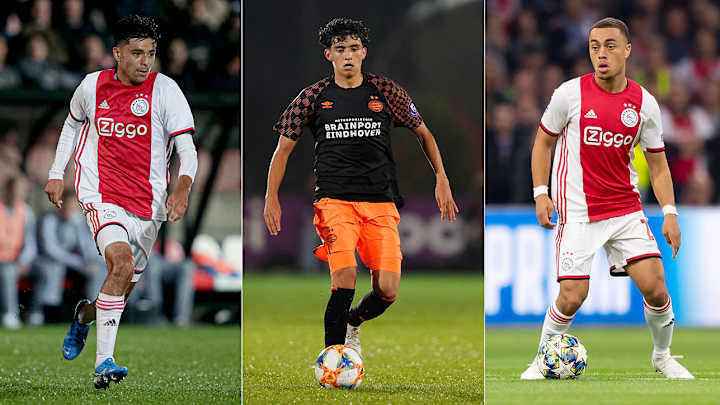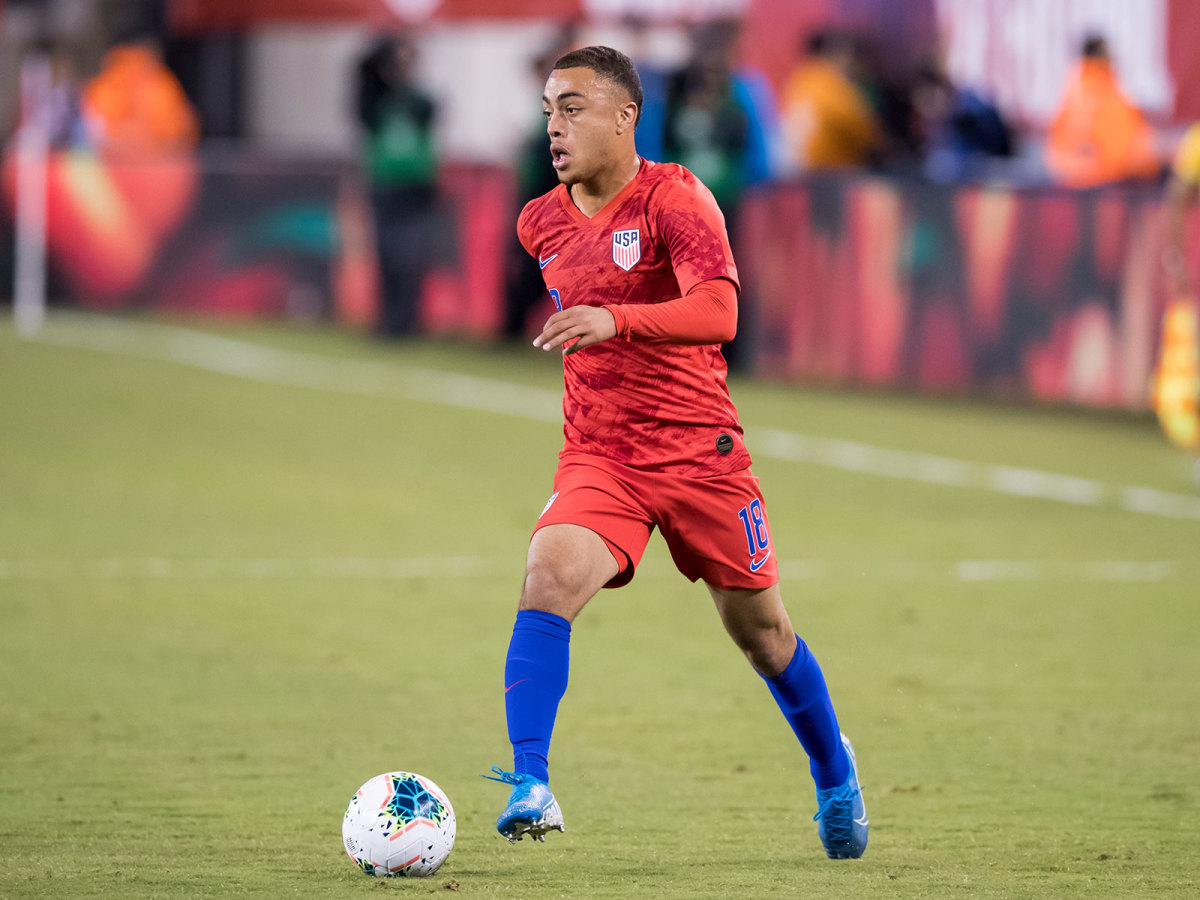As Nations League Nears, It's Clear How USMNT Should Approach Its Squad

The U.S. men's national team is set to embark on its first venture into Nations League territory, which leaves manager Gregg Berhalter a couple of options for how he wants to choose his squad.
There's the linear growth path, one in which he continues to call the same general batch of players, trying to further instill a system and set of tactics that take time to fully be absorbed. There would be a benefit to that, based on everything the coach and his players have said about building together with visions of long-term success in mind. But there's another path, one that should be Berhalter's preferred approach–and some would argue should have been the approach since he took over. Turn the competition over to a younger set of players and use the opportunity at hand to court and cement the allegiance of select dual-nationals.
The Nations League may have a lack of competitive benefit for teams like the USA and Mexico, but one clear positive is that it offers, at the very least, four more matches than usual during which players can be cap-tied. It's an official competition in FIFA's eyes, and it would be a waste of an opportunity to not explore the avenues in which the U.S. can lock down the international commitments of some of its top young talent. That's not to say that every player facing such a decision would accept an invitation, and perhaps there are some that would require more time before agreeing to represent the USA for the duration of their international careers. Surely, a teenager or player in his early 20s is entitled to take the time necessary before jumping all in. Fair enough. International allegiance means different things to different players, but for the U.S. men's team, it can ill-afford to watch some its most prized prospects go elsewhere.
Ajax's Sergiño Dest and Alex Mendez, Hannover's Sebastian Soto and PSV's Richie Ledezma are just a few of the names that come to mind as targets for selection. Dest is still slated to meet with the Netherlands federation to discuss his international future. Prior to his first two caps with the U.S. earlier this month, he indicated that the Dutch expressed an interest in having him turn out for their U-23s. If that possibility–or the potential of one-day representing the Oranje–is appealing to him, then he'll pass on an October invite, but the gesture has to at least be extended. After the efforts Berhalter made to include him vs. Mexico and Uruguay, you'd expect that to be a given.

Mendez, meanwhile, still maintains Mexican eligibility, while Ledezma recently claimed that Mexico's federation has reached out about a potential switch and that he's keeping his options open. Of course he is. That makes practical sense. But it's on U.S. Soccer to show him how valued he is. Based on his recent appearances for PSV's youth team and his contributions during the U-20 World Cup, it'd be the height of arrogance for the U.S. to not proactively do what it takes to secure his place in the program. Soto, meanwhile, hasn't played much for Hannover's first team in the 2. Bundesliga, but the Chilean federation reportedly made efforts to recruit the forward. If you're not familiar with the U.S. player pool, it's not overflowing with top-shelf forward talent, and after his four goals at the U-20 World Cup, Soto is clearly a player worth cultivating–not one that should be watched as another nation does the honors.
For Berhalter, what is there to lose? The U.S. is in no position to arrogantly think it will beat an inferior opponent–it has Trinidad & Tobago to thank for that–but it can feel confident that a squad featuring a mix of some experienced players and a heavy dose of youth can handle Cuba, which is currently ranked 178th in the world. Canada, with the likes of Alphonso Davies and Jonathan David and an extreme motivation to both deal the U.S. a setback and climb the FIFA rankings, might offer more resistance than it has in the past–especially in Toronto on Oct. 15–but it, too, shouldn't be viewed as an equal based on all recent evidence.
There are competitive stakes in these matches. The Nations League doubles as 2021 Gold Cup qualifying, with the top two finishers in each of the four groups in League A taking up eight of the 16 places. The last-place finishers head to a playoff round against teams from the lower leagues. The Nations League will also carry a heavier impact on the FIFA rankings than a typical October friendly would, and that matters considering that Concacaf's World Cup qualifying hexagonal will be made up of its top-six-ranked teams in FIFA's table, hence Canada's urgency to move up from its current seventh position in the region.
For the U.S. to both finish in last in its group and fall out of the top six in Concacaf would require catastrophes that go beyond the nightmare in Couva. It's just not going to happen. So turn these matches over to some of the kids without completely throwing all results-based motivations away. Exposure to a senior, competitive atmosphere would do wonders for the up-and-coming generation, which is preparing for Olympic qualifying. And unlike a U-23 camp, for which players do not have to be released, clubs could not refuse parting ways with players called up by the senior team for the Nations League. For players who aren't ready for full senior matches yet but are ready to commit their futures to the U.S., bring them on as late subs and cap-tie them. For those who are ready for both and can become core parts of a team building toward 2022 as opposed to hangers-on whose international futures really aren't that bright, give them a chance. These matches are gifting the U.S. an opportunity. It shouldn't be that hard to take it.
